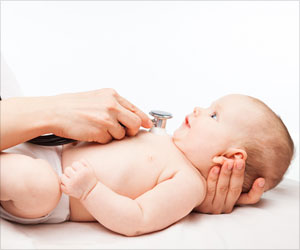- Child Allergy - (https://www.allergyuk.org/child-allergy-menu/child-allergy)
- Allergies - Complications - (http://www.mayoclinic.org/diseases-conditions/allergies/basics/complications/con-20034030)
- Waserman S, Watson W. Food Allergy. Allergy, Asthma & Clinical Immunology 2011; 7(Suppl 1):S7 - (DOI: 10.1186/1710-1492-7-S1-S7)
- Small P, Kim H. Allergic Rhinitis. Allergy, Asthma & Clinical Immunology 2011; 7(Suppl 1):S3 - (DOI: 10.1186/1710-1492-7-S1-S3)
- Watson W, Kapur S. Atopic Dermatitis. Allergy, Asthma & Clinical Immunology 2011; 7(Suppl 1):S4 - (DOI: 10.1186/1710-1492-7-S1-S4)
What is Childhood Allergy?
An allergy is a reaction by the body to a foreign protein. The protein is termed an allergen. Allergies occurring in children are termed childhood allergies.
The most common forms of allergies include
- Allergic asthma
- Hay fever (allergic rhinitis)
- Atopic dermatitis
- Food allergies
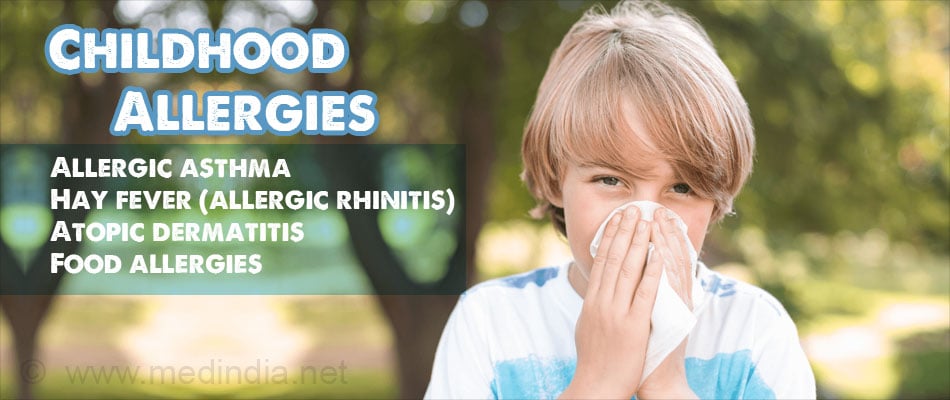
What Are the Causes of Childhood Allergies?
Common allergens responsible for childhood allergies include foods such as nuts, eggs, milk, soy protein, wheat and fish, pollen from plants, dust mite in house dust and insect stings. Other allergens include pet hair, animal fur, cigarette smoke and mold.
What Are the Risk Factors for Childhood Allergies?
It is difficult to predict which child will develop an allergy or what type of allergy he/she may develop. However, it has been noticed that the tendency to develop allergies is high in certain individuals and families due to genetic factors.
This increased risk to development of allergies due to genetic associations is referred to as atopy. Such families are classified as ‘high-risk’ for developing allergies. Families in which other children are known to suffer from allergies are also ‘high-risk’.
It has been estimated that more than half the children born into atopic families go on to develop some form of allergy. In comparison, the chances of babies born into non-atopic families developing some allergy is one in five.
Research has shown that children born into atopic families show an increased risk for development of any type of allergies, rather than a specific allergy. In other words, the child may have develop atopic dermatitis, while an elder sibling or a parent may suffer from allergic rhinitis (hay fever).
What is the Mechanism of Allergic Reactions?
Most allergies are mediated by the immune system. The cells of the immune system produce a protein called the IgE antibody. However, non-IgE mediated allergies can also occur.
On first exposure to the offending antigen or allergen, the immune system forms excess amounts of IgE antibodies, and the person is said to have been sensitized to the antigen. At this point, there are no physical manifestations of allergy.
On subsequent exposure to the same antigen, the immune system secretes numerous chemicals called mediators that are responsible for the characteristic manifestations of the allergic reaction.
What are the Symptoms of Childhood Allergies?
The features of childhood allergies depend on the allergen and the site of body affected.
In the nose (allergic rhinitis), exposure to the allergen results in symptoms such as
- Running nose and itchy nose
- Sneezing
- Itchy red eyes (conjunctivitis)
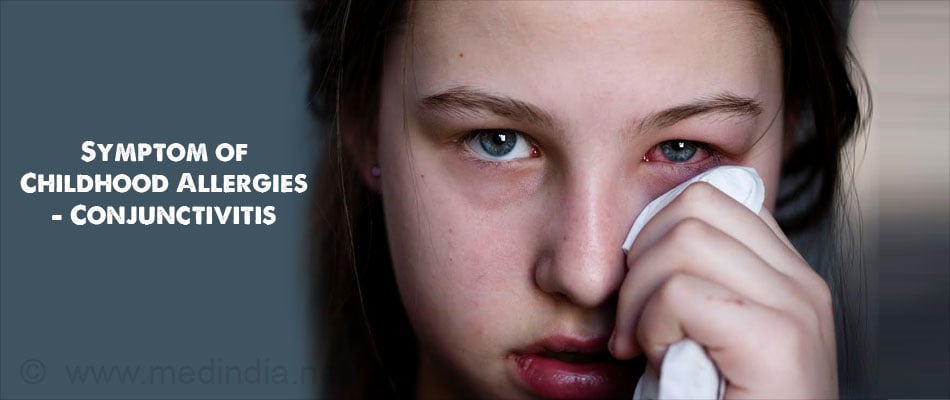
In the skin symptoms include
- Redness or erythema
- Nettle rash (hives, wheals)
- Itchiness of skin
- Eczema
If the breathing tubes and respiratory tract are involved, the allergies typically cause
- Wheezing (asthma)
- Cough and
- Shortness of breath (dyspnea)
In the gut, symptoms include:
- Abdominal pain (‘tummy ache’)
- Nausea, vomiting and diarrhea
- Severe allergies may result in throat swelling (laryngeal edema), severe asthma and a precipitous drop in blood pressure. These reactions are also known as anaphylaxis, and can be life-threatening if not promptly diagnosed and treated.
What are the Complications of Childhood Allergies?
Allergies can cause severe reactions which include the following:
Anaphylaxis – Anaphylaxis is a severe reaction to an allergen. It occurs typically in food allergy, penicillin allergy or allergy to insect venom. It is characterized by:
- Development of symptoms within minutes or hours of exposure to the allergen
- Respiratory symptoms such as severe shortness of breath and wheezing
- Persistent gut-related symptoms such as painful abdominal cramps, and vomiting
- Sudden drop in blood pressure and collapse
- Bowel and bladder incontinence due to autonomic involvement
Asthma – Asthma usually follows exposure to an allergen in the environment and is characterized by wheeze (allergy induced asthma) and difficulty with breathing.
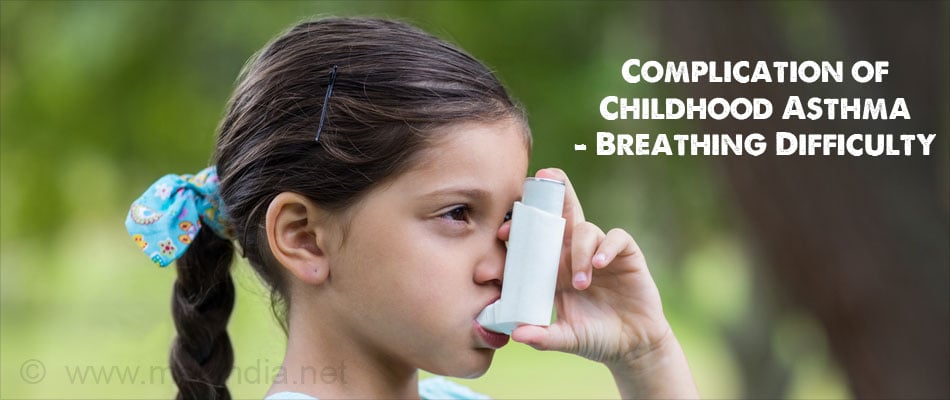
Complications of allergies include:
- Respiratory allergies can cause infections of the ears, paranasal sinuses and lungs. Individuals are at an increased risk for fungal infections in their lungs and paranasal sinuses
- Skin allergies may cause skin infections and sleep disturbances due to severe itching
How are Childhood Allergies Diagnosed?
Diagnosis of childhood allergies may be made in the presence of a family history and history of allergic symptoms on exposure to the allergen. The child’s family should be asked regarding the time of onset of symptoms, duration and their degree of severity. The family with a child with suspected food allergy may be asked to maintain a food diary noting down the symptoms and food triggers. Physical signs may be evident in atopic dermatitis.
The commonly used tests to diagnose a childhood allergies include:
- Skin Prick Test – This test involves pricking of the skin and introducing small amounts of the some allergens. If an allergy is present, a raised bump may appear at the test site.
- Blood IgE antibody levels - A blood test called the radioallergosorbent test (RAST) measures the serum IgE antibody levels following exposure to specific allergens. This test is costlier in comparison to the skin prick tests.
- Food challenge test – If the results of the skin prick tests or IgE antibody testing are equivocal, then a food challenge under carefully supervised setting in centers well equipped to handle anaphylaxis, may be done. The suspected food allergen is gradually introduced and the appearance of symptoms monitored.
- Patch test – In a patch test, the suspected allergen is applied to a patch which is then applied to the skin for 48 hours. The skin is then checked for a reaction. The test helps to check for allergic conditions like contact eczema.
How are Childhood Allergies Treated?
Some allergies such as egg allergy may be outgrown, but others may persist into adulthood. Management of allergies involves the following
1. Avoidance of the offending allergen – With the help of an allergy specialist, the allergen
that causes the symptoms can be identified and avoided. This is the most important and effective manner of preventing allergic reactions and minimizing the symptoms.
2. Medications – Medications may be given to treat the symptoms of allergy. They include
Anti-histamines to reduce itching, nasal symptoms and to help with sleep disturbances
- Topical corticosteroids which are available for skin application, nasal spray for allergic rhinitis and inhalers for asthma
- Systemic corticosteroids may be considered in severe cases
- Optimal skin care methods. Moisturizers and emollients should be applied after a bath in patients with atopic dermatitis so that the skin retains water
- Antibiotics are used to treat secondary bacterial infections of the skin due to scratching and injury
- Leukotriene antagonists are effective in preventing asthma attacks.
- Anti-allergy eye drops are used to treat symptoms of allergic conjunctivitis.
3. Immunotherapy – Immunotherapy may be considered if other treatments do not offer relief. Immunotherapy involves injecting gradually increasing amounts of purified antigen extracts over several months, until the maximum tolerated dose is reached. Following this, patients may experience relief from symptoms for a prolonged period. Immunotherapy carries the risk of anaphylaxis, and should be carried out only in well-equipped centers under the supervision of experienced and qualified professionals.
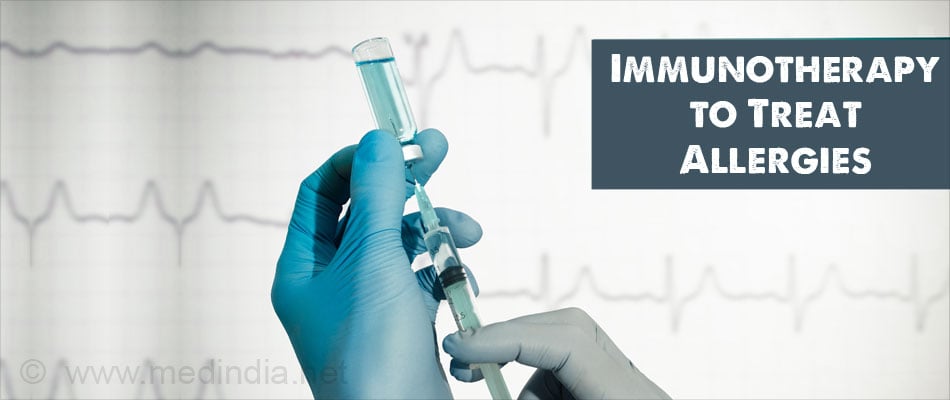
4. Emergency epinephrine – In cases of severe allergy, the child’s parents or an older child is given an emergency epinephrine shot to carry at all times. The epinephrine injection can control severe allergic symptoms till further treatment becomes available.
How are Childhood Allergies Prevented?
Allergy can be prevented by the following measures.
- Avoidance of known triggers – Even if one is taking allergy medications, it is wise to avoid or keep to minimum, contact with known triggers such as pollen, house dust, mite or cobwebs. Regular cleaning and vacuuming of bedding is necessary. In case of food allergy, the foodstuff known to cause allergic reactions has to be avoided.
- Maintaining a diary – The parents should note down the allergic triggers, duration and severity of symptoms, and what seems to help reduce the symptoms. This may help the doctor identify the trigger and treat appropriately.
- Wearing a medical alert bracelet – If one is known to suffer from severe allergic reactions, it may be helpful to wear a bracelet with details of the allergy and what needs to be done.

Health Tips
- Avoid known triggers for allergic reactions
- Always carry a syringe loaded with epinephrine for any eventuality.
- If your child has dust allergy, regular vacuuming of the house and keeping the bedding clean is essential.
- Discuss your child’s allergies with teachers at school. It is important that they know how to handle a sudden reaction.
- Read food labels carefully before buying if your child suffers from food allergies.
- Inform friends and relatives of your child’s food allergies when eating at their place.
- Inform hotel staff about your child’s food allergy when eating out.
- Soaps with fragrances should be avoided in patients who develop skin allergies.



